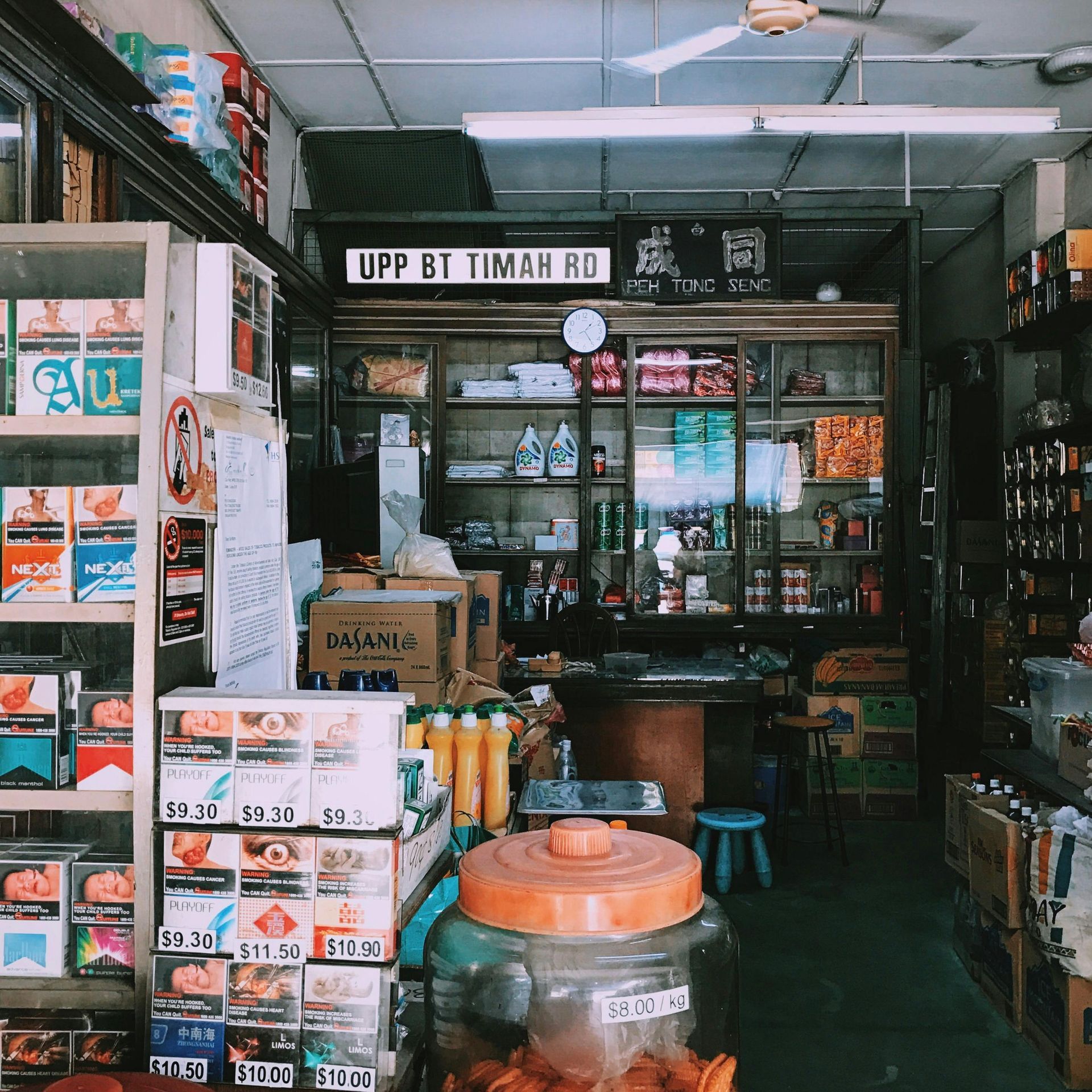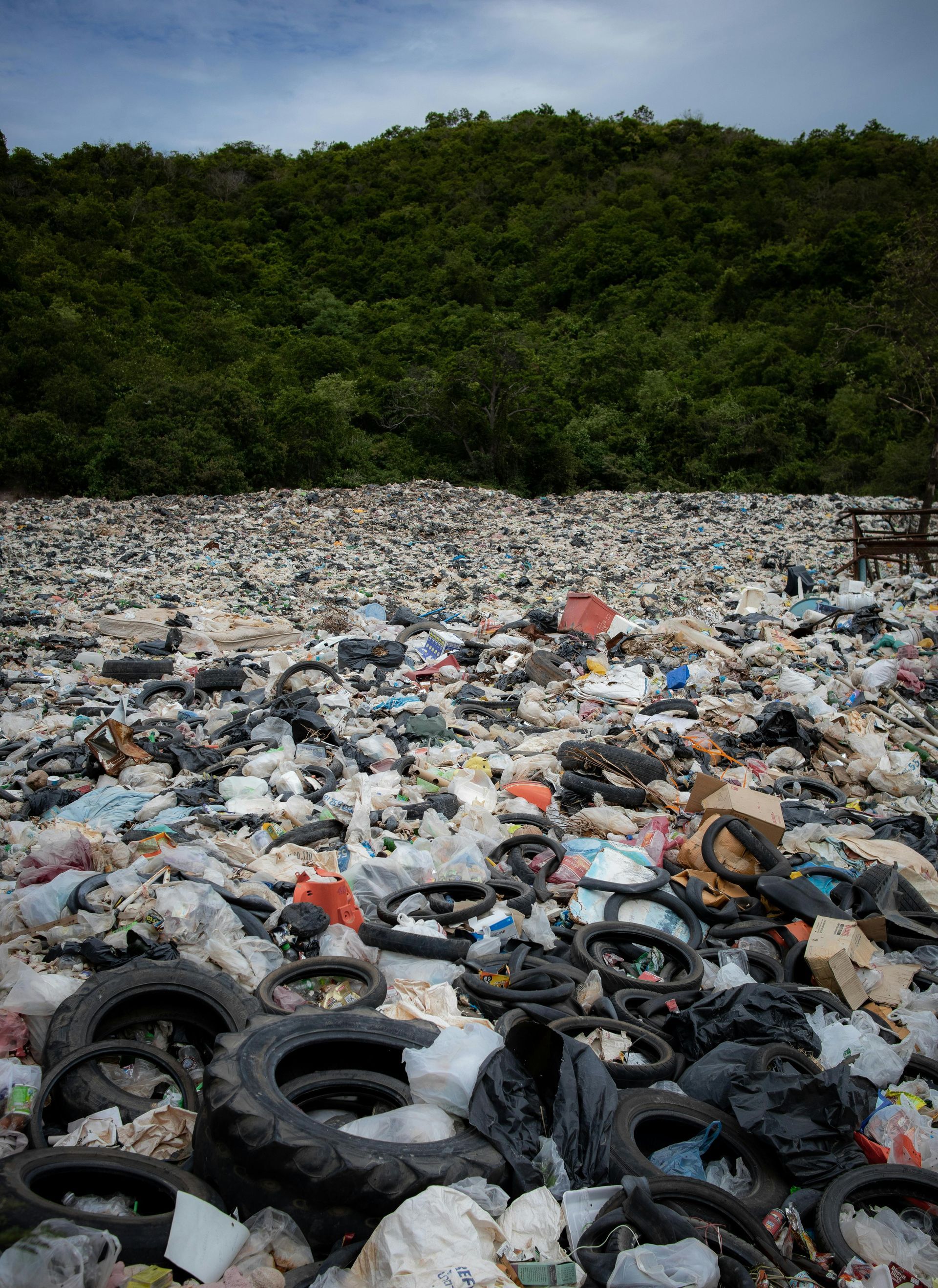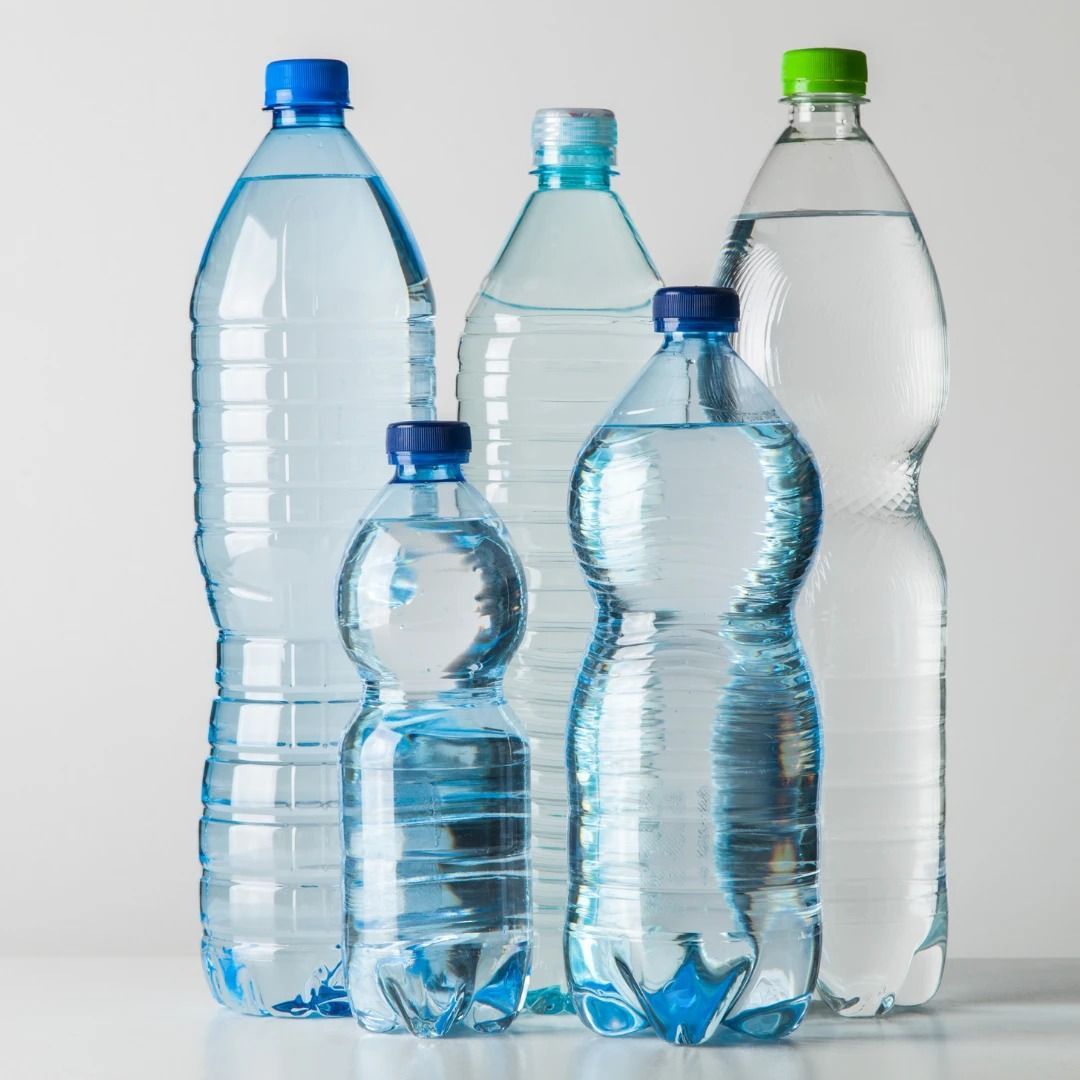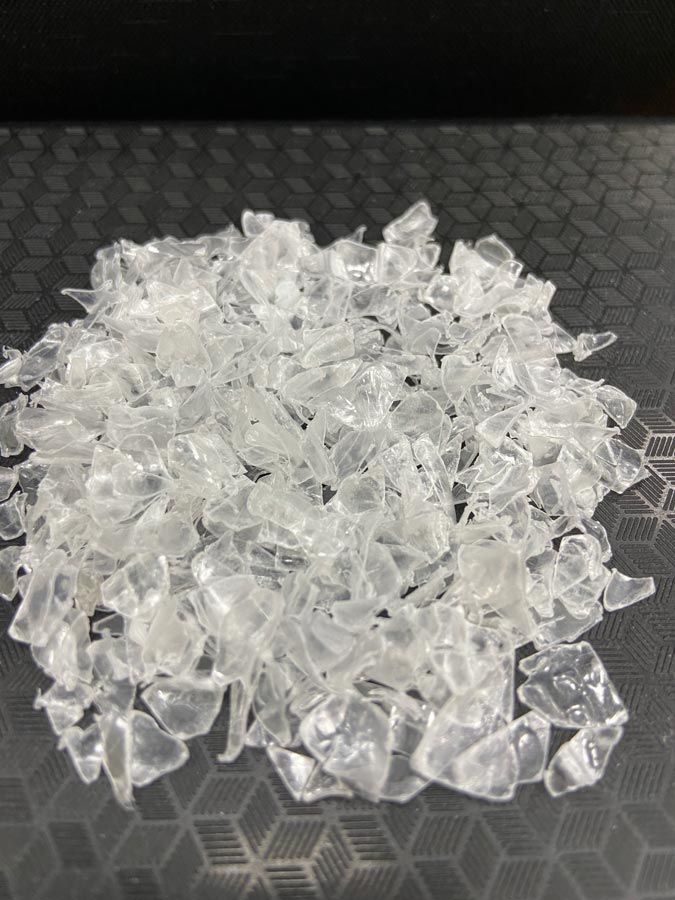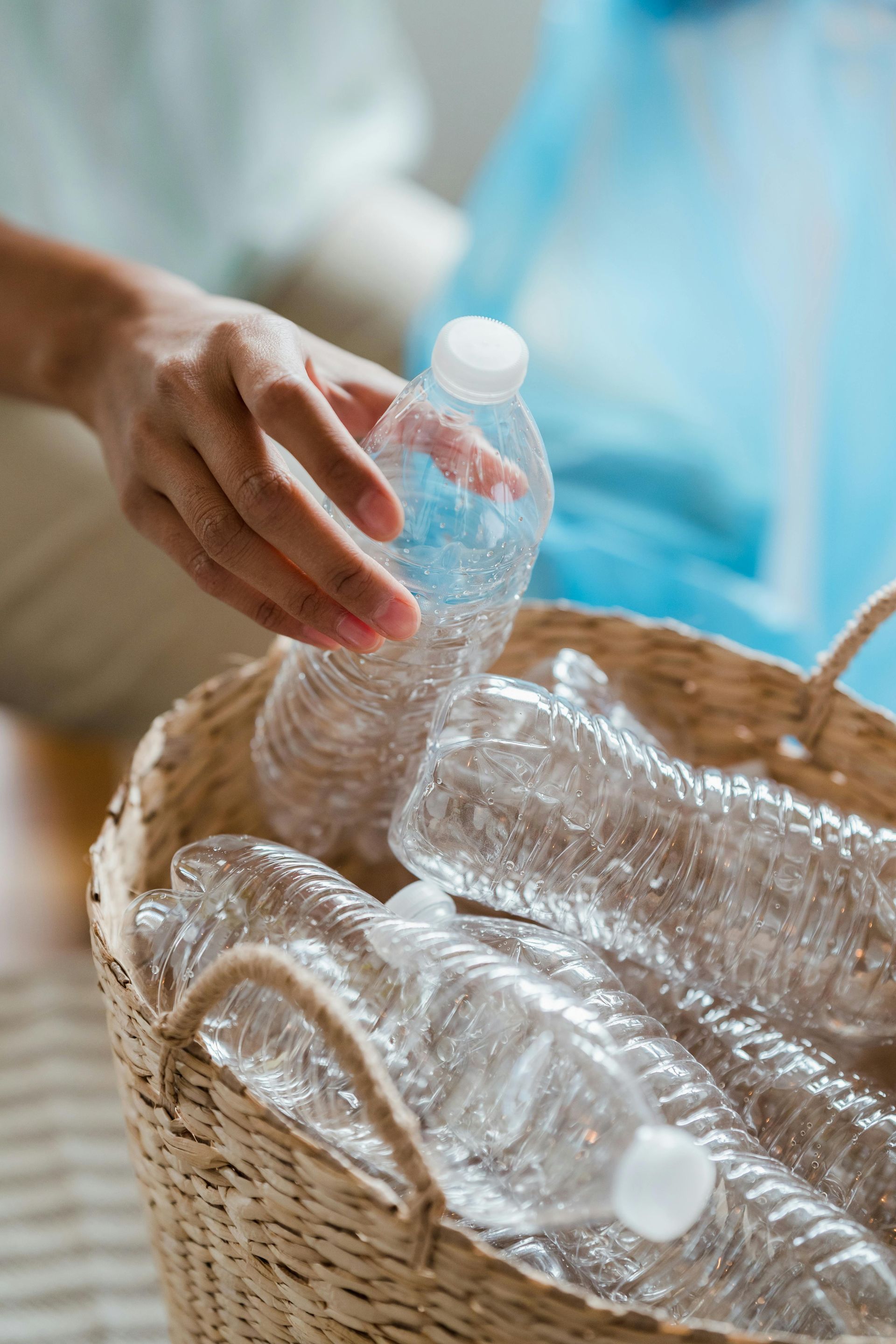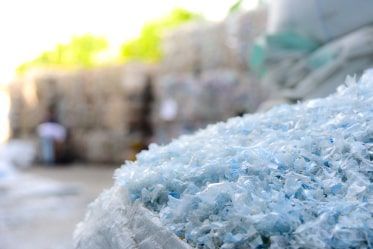As consumers become increasingly conscious of the environmental impact of their choices, sustainable packaging is gaining momentum as a key trend in the industry.
From biodegradable materials to innovative recycling programs, companies are finding new and exciting ways to reduce their carbon footprint and meet the growing demand for eco-friendly solutions. In this article, we will explore the latest trends and innovations in sustainable packaging, highlighting the brands that are leading the charge in this movement. From packaging made from plant-based materials to advanced recycling technologies, these companies are proving that sustainability doesn't have to mean sacrificing style or functionality. Join us as we delve into the world of sustainable packaging and discover how businesses are meeting the challenge of reducing waste and creating a more environmentally friendly future. Whether you're an eco-conscious consumer or a business owner looking to make more sustainable choices, this article is sure to inspire and inform.
Importance of Sustainable Packaging
Sustainable packaging plays a crucial role in today's eco-conscious marketplace. As consumers become more aware of environmental issues, they actively seek out products that reflect their values, including the use of packaging that minimizes ecological harm. Sustainable packaging not only addresses the immediate concerns of waste and pollution but also promotes a circular economy where materials are reused, recycled, or composted. This shift is not just beneficial for the environment; it also aligns with the growing consumer demand for corporate responsibility and transparency.
Moreover, sustainable packaging can significantly enhance a brand's image. Companies that adopt eco-friendly practices demonstrate their commitment to sustainability, which can foster brand loyalty among consumers who prioritize environmental stewardship. Consumers are increasingly willing to pay a premium for products that feature sustainable packaging, recognizing that their purchasing decisions can contribute to broader environmental goals. By investing in sustainable packaging, businesses can differentiate themselves in a crowded market and attract a conscientious customer base.
In addition to improving brand image, sustainable packaging can also lead to cost savings in the long run. By using materials that are lighter or more efficient, companies can reduce shipping costs and minimize their carbon footprint. Moreover, as regulations surrounding packaging waste become stricter, companies that adopt sustainable practices early on will be better positioned to comply with new laws and standards. The importance of sustainable packaging thus extends beyond environmental benefits; it represents a strategic business decision that can yield both ethical and financial returns.
Environmental Impact of Traditional Packaging
Traditional packaging, often composed of plastic and non-recyclable materials, poses numerous environmental challenges. The production and disposal of these materials contribute significantly to pollution, greenhouse gas emissions, and the depletion of natural resources. For instance, plastic packaging is a major contributor to ocean pollution, with millions of tons of plastic waste entering the oceans each year. This not only harms marine life but also disrupts entire ecosystems, leading to long-term ecological consequences.
Furthermore, the production process of traditional packaging materials often involves toxic chemicals and energy-intensive methods that further exacerbate environmental degradation. The extraction of raw materials, such as petroleum for plastic, not only depletes finite resources but also results in habitat destruction and biodiversity loss. As these materials break down, they can leach harmful substances into the soil and water, posing risks to both human health and the environment.
The lifecycle of traditional packaging is often linear, resulting in a significant amount of waste that ends up in landfills. Unlike sustainable packaging, which aims to reduce waste through composting or recycling, traditional packaging frequently contributes to a throwaway culture. This not only burdens waste management systems but also perpetuates a cycle of consumption and disposal that is unsustainable. Understanding the environmental impact of traditional packaging is essential for driving the transition towards more sustainable alternatives that prioritize the health of our planet.
Latest Trends and Innovations
- Sustainable packaging is evolving rapidly due to technological advancements and environmental responsibility. Notable trends include biodegradable and compostable materials like mycelium and seaweed that decompose naturally without harmful residues. These alternatives reduce waste and appeal to eco-conscious consumers.
- Minimalist packaging design is also on the rise, with brands opting for simpler designs that effectively protect products while minimizing material use. Companies like Unilever and Nestlé are streamlining their processes, leading to a smaller carbon footprint.
- Innovative recycling programs are becoming vital in sustainable strategies. Companies collaborate with recycling organizations to create closed-loop systems, allowing consumers to return used packaging. Initiatives like TerraCycle foster responsibility and community among consumers and brands, addressing waste and encouraging environmental stewardship.
Benefits of Using Sustainable Packaging
The benefits of utilizing sustainable packaging extend well beyond environmental considerations.
List of Services
-
Enhance their market competitiveness.Item Link List Item 1
As consumers increasingly prioritize sustainability, companies that adopt eco-friendly packaging can attract a loyal customer base that values corporate responsibility. This differentiation can lead to increased sales and market share, as consumers are often willing to pay more for products that align with their environmental values.
-
Sustainable packaging can also result in operational efficiencies.Item Link List Item 2
By investing in lighter or more compact materials, companies can reduce shipping costs and improve logistics. This not only lowers transportation expenses but also minimizes greenhouse gas emissions associated with distribution. Furthermore, companies that embrace circular economy principles can find new revenue streams by reusing materials and reducing waste, ultimately contributing to their bottom line.
-
Enhance brand reputation and foster goodwill among stakeholders.Item Link
Transparency in sourcing and production methods can build trust with consumers, investors, and employees alike. Companies that prioritize sustainability are often viewed as leaders in their industries, which can lead to increased media exposure and positive public relations. In a world where corporate accountability is increasingly scrutinized, sustainable packaging serves as a tangible demonstration of a company's commitment to making a positive impact.
Case Studies of Successful Sustainable Packaging Implementations
Coca Cola
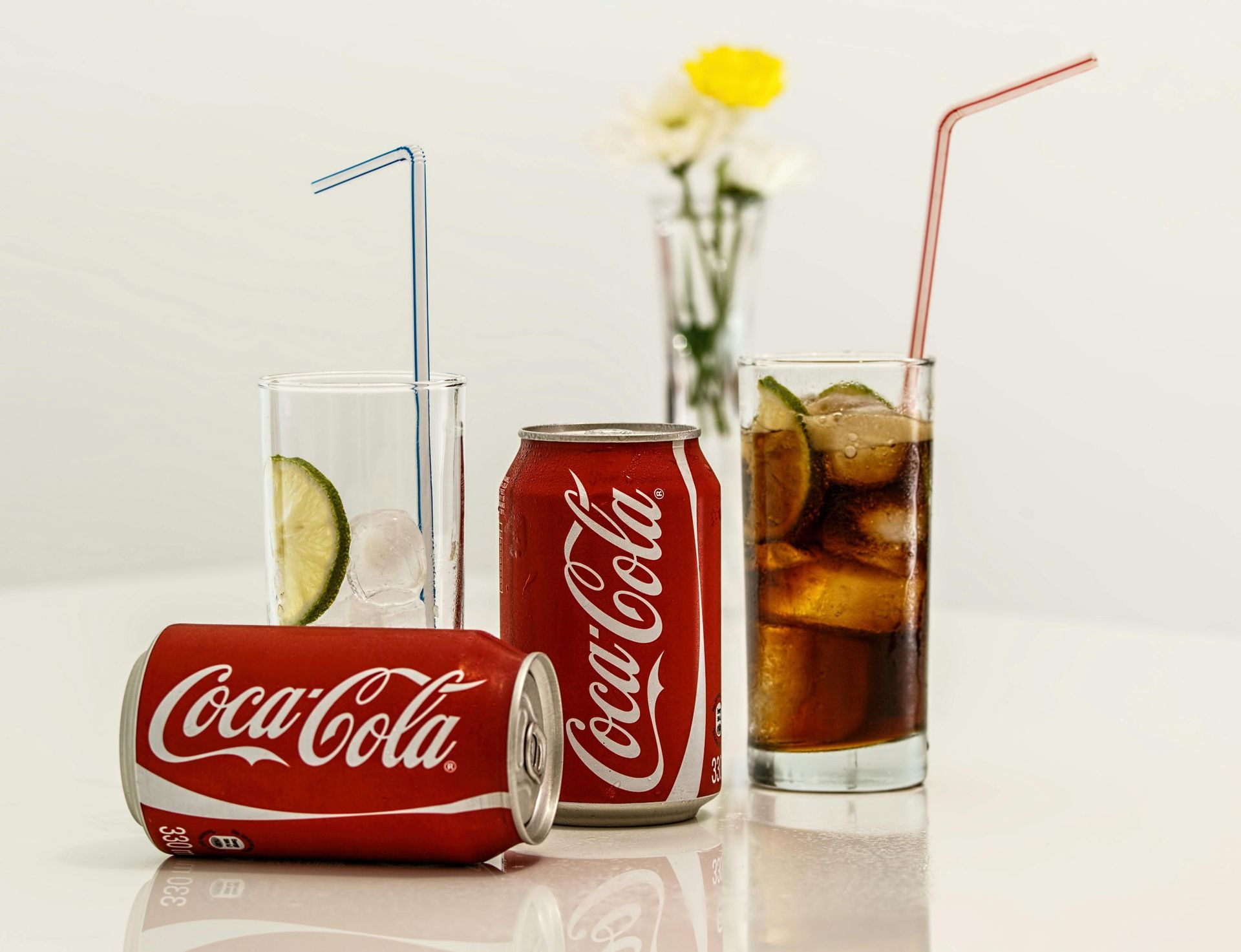
A notable example is Coca-Cola, which has committed to using 50% recycled content in its PET plastic bottles by 2030. The company is also investing in advanced recycling technologies to improve the recyclability of its packaging. This ambitious goal not only reduces the demand for virgin plastic but also promotes a circular economy in which materials are reused rather than discarded.
Unilever
Another inspiring case is that of Unilever, which has made significant strides in sustainable packaging by launching its "Sustainable Living" initiative. The company aims to make all of its plastic packaging recyclable, reusable, or compostable by 2025. Unilever has also introduced refillable packaging options in various product lines, enabling consumers to reduce waste while still enjoying their favorite products. This initiative not only addresses sustainability concerns but also engages consumers in the process, encouraging them to take part in environmental stewardship.
Lush

Lush, a cosmetics retailer, is also leading the way in sustainable packaging with its innovative approach to product delivery. The company has implemented a "naked" packaging philosophy, offering products without any packaging at all. For those that do require packaging, Lush uses recycled materials and encourages customers to return empty containers for recycling. This commitment to reducing waste is not only beneficial for the environment but also resonates with consumers who appreciate the company's transparency and dedication to sustainability.
Challenges and Limitations of Sustainable Packaging
Despite the benefits of sustainable packaging, challenges persist in its adoption. A primary hurdle is the higher cost of sustainable materials and production. Although prices are decreasing with technological advances, many companies face financial limitations, especially small and medium-sized enterprises lacking resources to invest in new options.
Another challenge is the inadequate recycling infrastructure in many areas, which leads to consumer confusion about disposal methods. Varying regulations for recyclable materials can complicate the packaging process for brands. Without an effective recycling system, the advantages of sustainable packaging may be diminished, increasing waste.
Consumer education is also crucial. Many do not understand proper disposal methods or the available sustainable options. Brands need to invest in campaigns to raise awareness about sustainable packaging benefits and responsible disposal. Overcoming these challenges requires collaboration among businesses, consumers, and policymakers for a sustainable future.
How to Incorporate Sustainable Packaging into Your Business
Incorporating sustainable packaging requires a strategic approach, considering supply chain, marketing, and consumer engagement.
- Begin by assessing current packaging practices and identifying improvement areas through a materials audit to evaluate environmental impacts and explore sustainable alternatives. Engaging suppliers for eco-friendly materials is essential.
- After identifying suitable options, develop a comprehensive implementation plan with clear goals, timelines, and resources for research and development. Collaborating with packaging designers specializing in sustainable solutions ensures the new packaging meets aesthetic and functional needs. Testing materials and designs through pilot projects offers insights to refine the final product.
- Effective communication is crucial for promoting sustainable initiatives. Share sustainability goals and achievements with consumers via marketing campaigns, social media, and product labeling. Engaging them fosters community and encourages environmentally conscious choices. Providing clear recycling information empowers consumers to support sustainability efforts.
Conclusion:
The future of sustainable packaging is promising, fueled by innovation, consumer demand, and a commitment to environmental responsibility. Advancements in technology will introduce new materials, making sustainable options more accessible and affordable for all businesses. The rise of circular economies will encourage companies to rethink materials and waste management. As consumer awareness of environmental issues grows, brands adopting eco-friendly packaging will stand out in the competitive market. This shift will benefit businesses and foster a more sustainable future for the planet.

